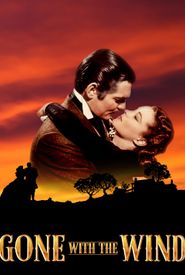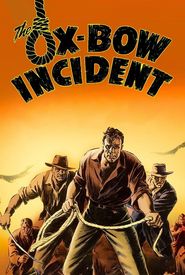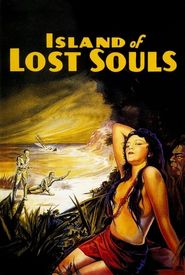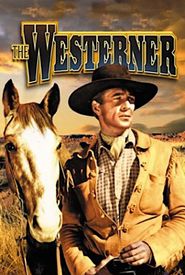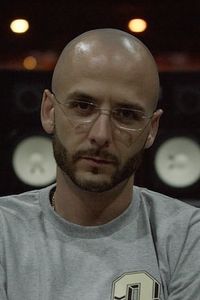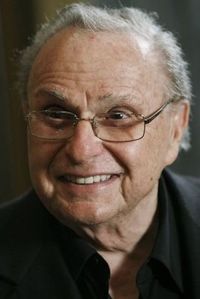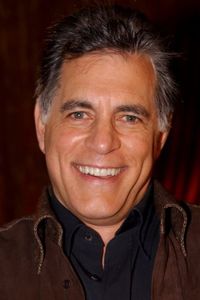Paul Hurst was a prolific American character actor who also ventured into directing and writing silent films. Born in Traver, California, he grew up surrounded by the vast Lux & Miller ranches that ran cattle throughout the state, providing him with firsthand knowledge of western lore.
As a young man, Hurst visited San Francisco and became involved in amateur theatricals, eventually making his way to Los Angeles to join the burgeoning film industry. He began appearing in films as early as 1912, with most of his early work being in low-budget westerns.
By 1916, Hurst was not only acting but also directing films, with some sources suggesting that he served in World War I as a member of the French Foreign Legion. However, the dates of his film projects raise doubts about this claim.
In the early 1920s, Hurst wrote scenarios for films he directed and appeared in, showcasing his versatility as a director and actor. He worked with some of the cheapest producers along Gower Gulch, where films were typically shot on location within a week or less, and stuntmen were often the highest-paid individuals on set.
Within a few years, Hurst focused his energies solely on acting, becoming one of the few successes to emerge from "Poverty Row." He quickly became a familiar face in American movies, playing villains, cops, and comedy sidekicks in over 250 films.
Hurst's most famous role was as the deserter shot dead on the stairway of Tara by Vivien Leigh in Gone with the Wind (1939). He also appeared as the sidekick to Monte Hale in several B westerns and worked with John Wayne on Big Jim McLain (1952),despite being ill with terminal cancer at the time.
Sadly, Hurst's health problems eventually took their toll, and he took his own life in 1953 at the age of 64. Despite his struggles, Paul Hurst left behind a legacy as a talented and prolific character actor who made a lasting impact on the film industry.

